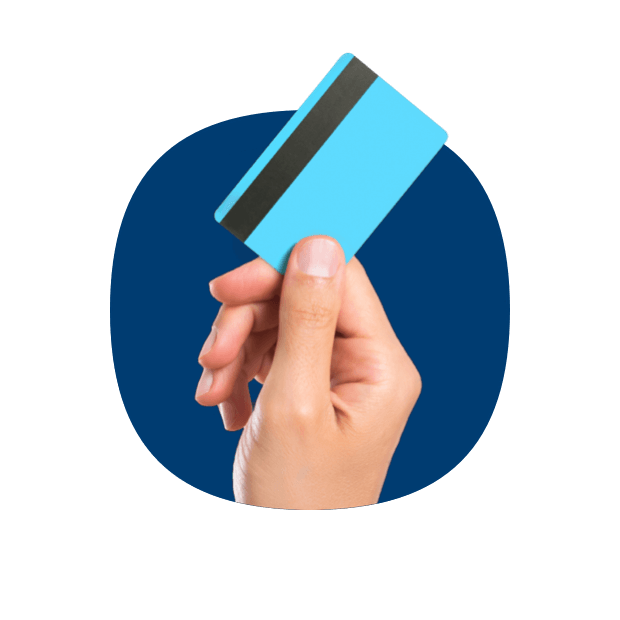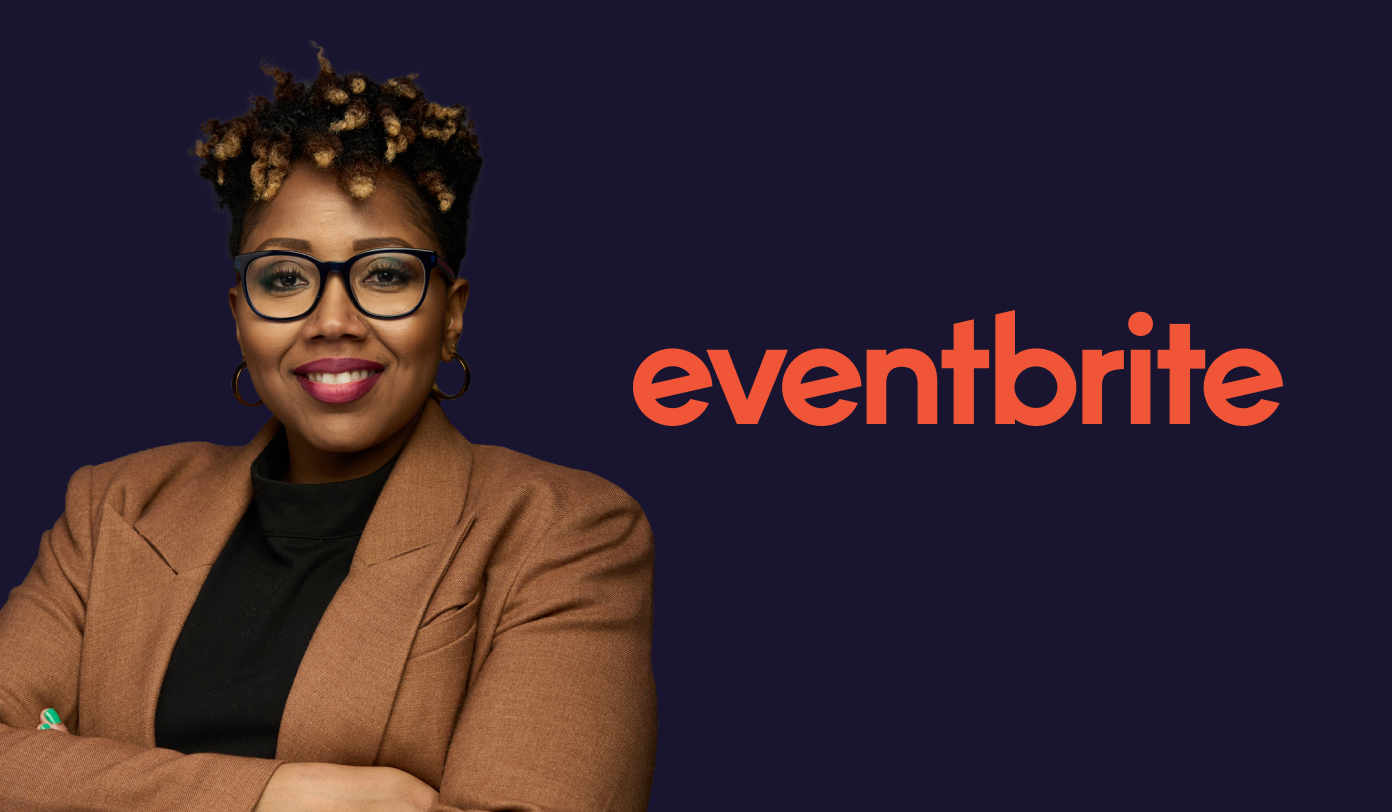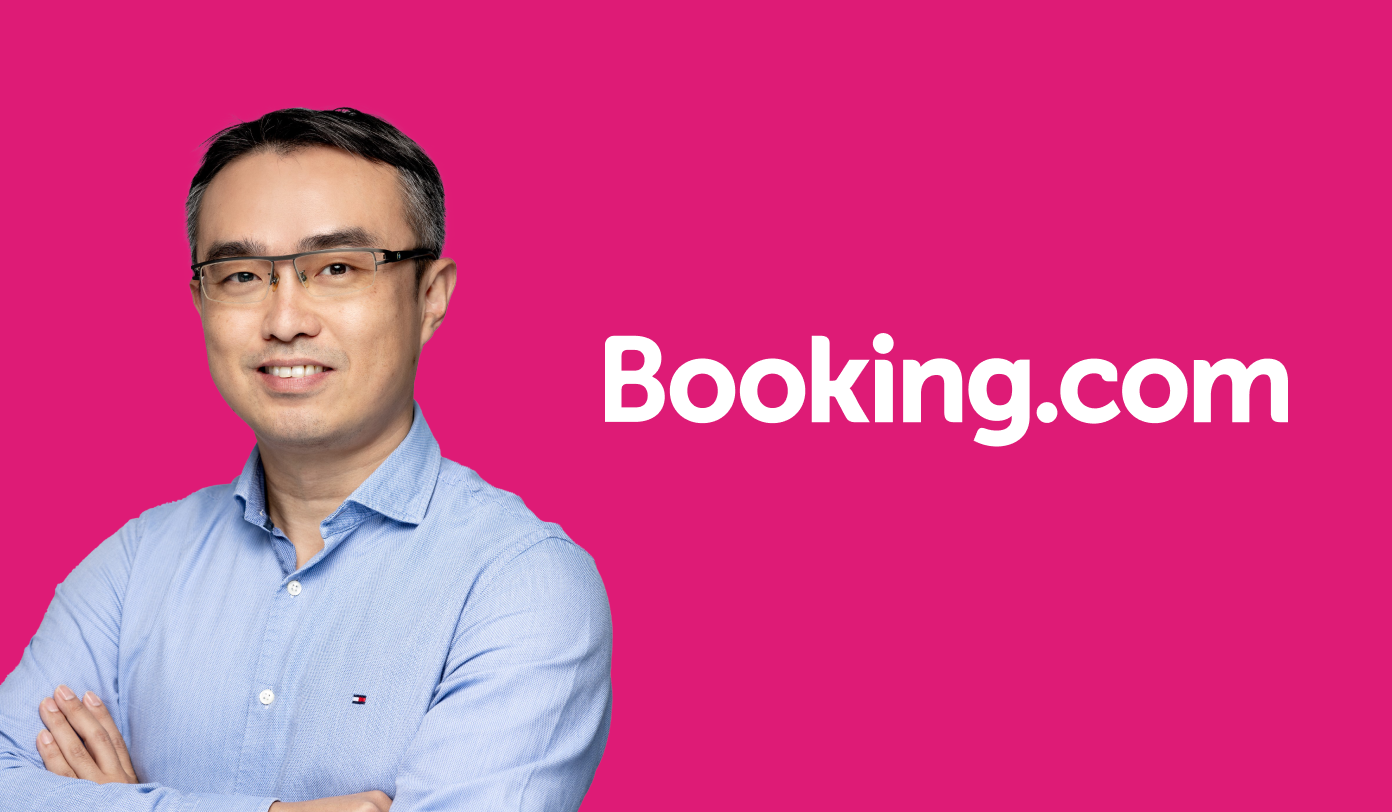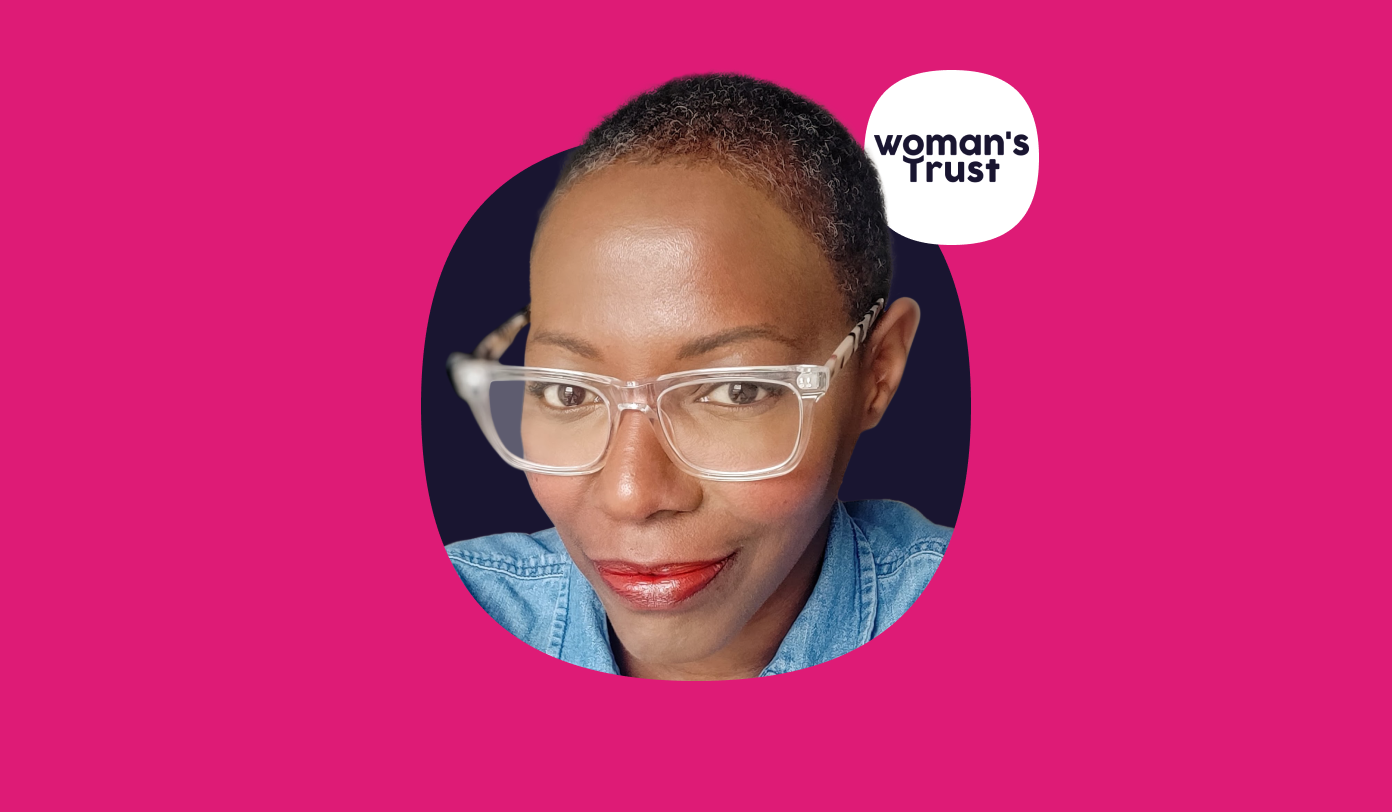In this series, Talk data to me, we chat to leaders from the world’s biggest brands and agencies about how they’re using insights to drive their business strategies.
We recently caught up with Karen Campbell, associate director of consulting at S&P Global Market Intelligence. We got her thoughts on future proofing in the face of a recession.
Tell us a bit about your role.
I’m an associate director of consulting, at S&P Global Market Intelligence. A lot of my work is around risk and resilience. My role as a consultant for S&P Global Market Intelligence is to work with clients to marry up our data with their data to help them drive better decisions.
What’s keeping you busy at the moment?
I’d say there are two main things. Right now, there’s so much uncertainty in the world, so the first is clients asking “are we in a recession?”, “what’s going to happen to supply chains”, and “what’s going to happen with energy transition?”. We’re helping them think through the impact of those scenarios on their businesses.
We also help clients with their data driven thought leadership, particularly those around corporate initiatives. One of the ways we do this is through building indices. An index can help summarize a large amount of data in order to compare and rank alternatives and track over time. Some examples of indices we build are ones that weigh out risks of over or under stock, comparing location attractiveness, tracking progress on racial diversity and city progress for supporting women entrepreneurs.
What’s your favorite stat in the whole wide world?
I love that question, but it’s sort of asking a parent who their favorite child is. It would have to be that 65% of the world remains unexplored. It’s fascinating to me. Now, granted, when you dig into the stat, a lot of that 65% is at the bottom of the ocean, because 95% of our ocean is unknown.
As a researcher, you sometimes get caught in a little box and think everything’s been explored, everything’s been researched, we know so much now. But this stat helps me step back and remember there’s still a lot to learn.
Talk to me about an example of data-led creativity that you love.
One of the most exciting projects we’ve been working on is what we call a sub-national economic forecast. We’ve always had sub-national data at a state and metro level for the US, but we have a huge gap for global cities, which a lot of our clients really want. We’ve now rolled this out for over 20,000 cities across the world.
An initial use case of this sub-national data was looking at how COVID-19 impacted different economies in Europe, and it’s very different at the sub-national level than at the overall national level. When you dig into the detail, you can really pick out which cities have been impacted more heavily, and then get to the root causes. It allows for much more targeted analysis for things like implementing policies, or making location decisions or helping understand detailed economic conditions in order to do economic resilience strategy planning.
How does data and the use of audience insights inform your business strategy? And how does it give you a competitive edge?
Being able to segment at a sub-national level really helps us be able to give our clients the data that they need. When we layer that sort of data with our economic models and other data, we can give clients a much fuller picture on which to base their decisions.
Audience data is just as important because it shows what’s driving people’s values, and what they ultimately want out of life.
So for us, I think it’s really about data for decision making, and helping clients make those decisions by looking at all the angles.
What’s the most interesting thing about your audience?
We created the WE Cities Index in 2016 which measures women’s ability to start and scale a business within 55 global cities. We came into the audience data this year really wanting to understand technology use among women, because on a city and gender level, there’s a huge gap in this data.
It was extremely interesting to look at how men and women were using technology.
And quite honestly, we were really surprised that some of the data showed greater parity for women than potentially other areas of the ecosystem.
We were already starting to develop this idea that technology can be a great equalizer, not only helping individuals, but cities and their organizations to really take advantage of the digital age, and the economy that comes with that.
If you had a magic wand to change anything about your use of data, what would you change and why?
If I could wave a magic wand, I would upskill myself – because I don’t feel like I use data as efficiently as I could. There are so many new cool tools that make it much more efficient to gather data, analyze it, and learn from it. I’m amazed by the insights that are uncovered when people bring disparate large datasets together; particularly when it comes to those machine learning techniques and the predictions that can be made.
What will be the biggest opportunity in your sector in the coming years?
I think there is a big opportunity to combine fintech and economic development. Similar to how I see technology as being an equalizer, I think there’s so much that can be done in the fintech space for economic development.
When we sync those two things up, we can really help people come into the primary economy. Crypto, for example, can be a way for a lot of economies to have some sort of stable currency so they don’t necessarily have to operate in secondary markets. It’s about democratizing finance, allowing people to build more wealth, and looking at the economic development it’s driving.
What will be the biggest threat in your sector in the coming years?
Some clients may be going inward a little bit. There’s a lot of fear and uncertainty which can cause companies to start hunkering down. I think that would be a shame because there are still a lot of opportunities out there and we can help companies look at different scenarios for the future and assess the impacts.
Is there a top trend that you’re seeing emerge?
A key trend is looking at how we can use blockchain and DeFi (decentralized finance) more systematically and more efficiently, particularly when it comes to supply chains and economic development. I think there’s an enormous opportunity for that, especially with all the disruptions that we’re seeing at the moment.
As an economist I’m always interested in how to make things more efficient. To me, if DeFi can make money flow more efficiently and blockchain, more generally, can make goods flow more efficiently, that increases economic growth. When the economy grows so do economic opportunities and people’s welfare can increase as a result.
Report: Finance and fintech
Download now





.webp?width=495&height=317&name=pink_thumb_graphs%20(1).webp)
.webp?width=495&height=317&name=pink_thumb_letter%20(2).webp)
